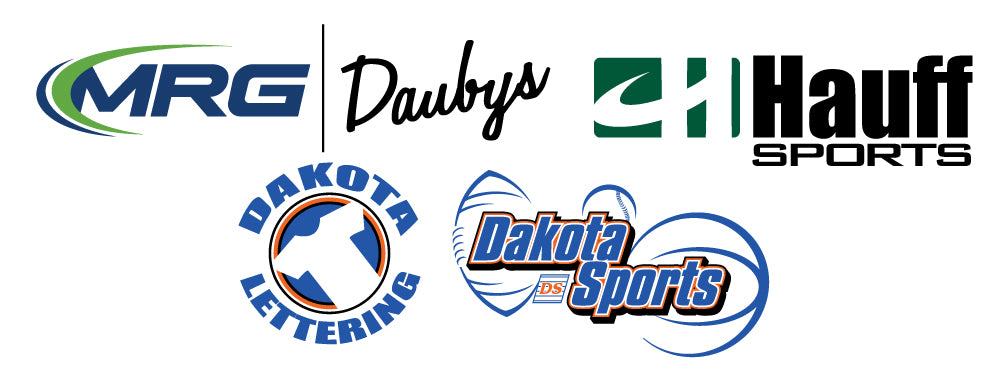What’s Causing the Divide—and How Coaches on Both Sides Can Rebuild the Bridge
In many communities, high school and club sports once worked in tandem. The high school season built fundamentals, community pride, and exposure; the club season kept the rust off and added extra reps.
Today, the relationship is more strained.
Club and high school coaches often have different calendars, different goals—and sometimes, different views on what’s best for the athlete. Parents and players are increasingly caught in the middle, trying to balance loyalty, opportunity, and burnout.
So, what’s fueling the growing gap between club and high school sports? And more importantly, how can we close it?
What’s Causing the Divide?
1. Conflicting Schedules and Overlap
Club seasons increasingly run year-round, with tournaments and showcases often overlapping high school practices or seasons. In some cases, athletes are asked to choose—risking playing time, scholarships, or relationships depending on the choice.
According to a study by the National Federation of State High School Associations (NFHS), the number of high school athletes opting out of school sports to focus on club or travel teams has been on the rise for the last decade—especially in sports like soccer, volleyball, baseball, and basketball.
2. Scholarship Pressure and Recruiting Realities
Club sports often pitch themselves as the pipeline to college scholarships. And in many cases, they’re right—especially in sports like soccer, softball, volleyball, and lacrosse, where college coaches attend national showcase tournaments more than high school games.
According to the NCAA, club and travel sports are the primary recruiting venues for more than 75% of Division I athletes in some sports (NCAA Research, 2023). This creates a perception that high school sports are “less serious”—even if they still carry enormous developmental and character-building value.
3. Different Coaching Philosophies and Communication Styles
Club coaches may emphasize individual skill development and college exposure. High school coaches may emphasize discipline, team culture, and multi-sport participation.
Neither is wrong. But when coaches don’t communicate—or worse, openly criticize each other—the athlete is caught between two systems with competing agendas.
4. Business Models vs. School Models
Club programs are often businesses. High school programs are educational extensions.
This means:
- Club athletes are customers
- High school athletes are students
Club programs compete for enrollment, brand reputation, and revenue. High school programs operate within budgets, district rules, and broader school responsibilities. The incentive structures are fundamentally different.
Why This Divide Hurts Athletes
When club and school coaches don’t collaborate, athletes face:
- Overtraining or burnout due to overlapping seasons
- Mixed messages on skill development or playing time expectations
- Confusion and stress when trying to prioritize commitments
- Reduced joy in the game due to politics and pressure
- Injuries from overuse or conflicting conditioning demands
And most importantly, they lose out on the full benefits of both worlds.
How Club Coaches Can Help Bridge the Gap
Communicate Early and Often
Reach out to high school coaches before the season begins. Share your schedule. Ask for theirs. Clarify expectations for overlapping athletes.
Even a quick text or call can reduce tension and build mutual respect.
Support Multi-Sport Athletes
Encourage athletes to participate in their high school seasons or other school sports when appropriate. It makes them more well-rounded and reduces mental fatigue.
Even college coaches say they value multi-sport athletes for their adaptability and competitiveness. (NCAA Champion Magazine, 2022)
Coordinate Training Loads
Work with athletes to avoid overtraining. If they had a tough week with school games, don’t hammer them again in club practice.
Track soreness. Encourage sleep. View the athlete’s development holistically—not just through your season.
Respect School Pride
Don’t downplay high school ball as “less important.” For many kids, that school gym or field holds more meaning than any travel tournament ever will.
Let them enjoy it. It’s not a competition.
How High School Coaches Can Help Bridge the Gap
Acknowledge Club Experience
Club athletes often come in with a ton of reps, game awareness, and skill refinement. Recognize it—and build on it.
Avoid dismissing the club as “too individualized” or “not team-oriented.” Start from where the athlete is.
Be Flexible With Scheduling When Possible
While it’s not always easy within school rules, being a little flexible (or empathetic) during major showcases or club travel weekends builds goodwill.
Help athletes manage the load—rather than forcing a hard choice.
Show Interest in Their Full Journey
Ask athletes about their club teams, roles, and experiences. It helps them feel understood—and it reminds them that you’re invested in them, not just your team’s record.
Collaborate With Club Coaches (Not Compete)
When you open the door to shared insights—on strength training, positional development, or mindset—you create a unified support system for the athlete.
Even an occasional conversation can align goals and reduce athlete overload.
Shared Solutions That Benefit Everyone
- Create a shared calendar template for athletes with dual commitments
- Encourage athletes to communicate directly and honestly with both coaches
- Host a joint preseason meeting between club and school staff in your area
- Prioritize mental and physical recovery as a shared goal—not a personal sacrifice
- Adopt a shared athlete-first mindset, where development and well-being outweigh any one team’s short-term gain
Because at the end of the day, these aren’t “club kids” or “school kids.” They’re just kids who love the game.
Recap: The Divide Between Club and High School Sports
What’s Causing It:
- Overlapping calendars
- Recruiting pressure
- Differing goals and incentives
- Lack of communication
- Business vs. educational structure
How Club Coaches Can Help:
- Communicate with school coaches early
- Respect the value of high school sports
- Monitor athlete load and burnout
- Encourage multi-sport and full development
How High School Coaches Can Help:
- Value the development club sports provide
- Be flexible when possible
- Take an interest in the athlete’s full sports life
- Collaborate instead of compete


